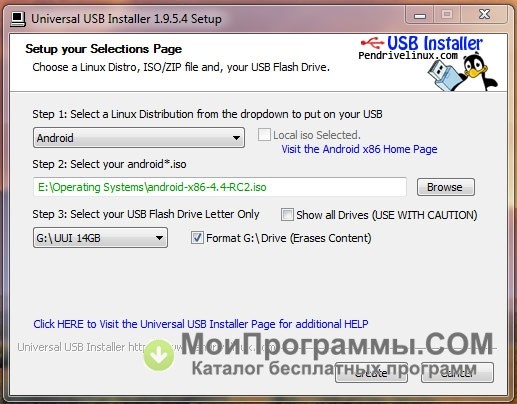

Then check the option for "Quick format" and "Create extended label and icon files." Now check "Create a bootable disk using" and select your ISO file. You can also use Rufus to put utilities on USB drives, such as Parted, Ultimate Boot CD, and BartPE.Įxample: To create a bootable Windows 7 installer from Rufu’s settings, Choose NTFS as the file system. You can create bootable USB drives for the listed versions of Windows, as well as almost all popular Linux distributions. Rufus runs in both 32-bit and 64-bit versions of Microsoft Windows. It also allows you to check the USB device for bad blocks, using up to four passes. Try it out and let me know in the comments below.Rufus is a portable utility that allows you to create bootable USB drives for Windows and Linux. Now, you have successfully installed the USB 3.0 on your Windows 11, 10, 8, and 7 computer system.

The setup files for the USB driver may download within a zip file or directly as a dot exe file.Check that the USB 3.0 driver is compatible with 32-bit, 64-bit, or both type of processors.The process will be almost similar for any computer or laptop that you use. Steps to Update USB Driver on Windows 11, 10, 8, and 7Īs I use a Lenovo laptop, I will show you an example of downloading the USB 3.0 driver from the Lenovo official website.


 0 kommentar(er)
0 kommentar(er)
